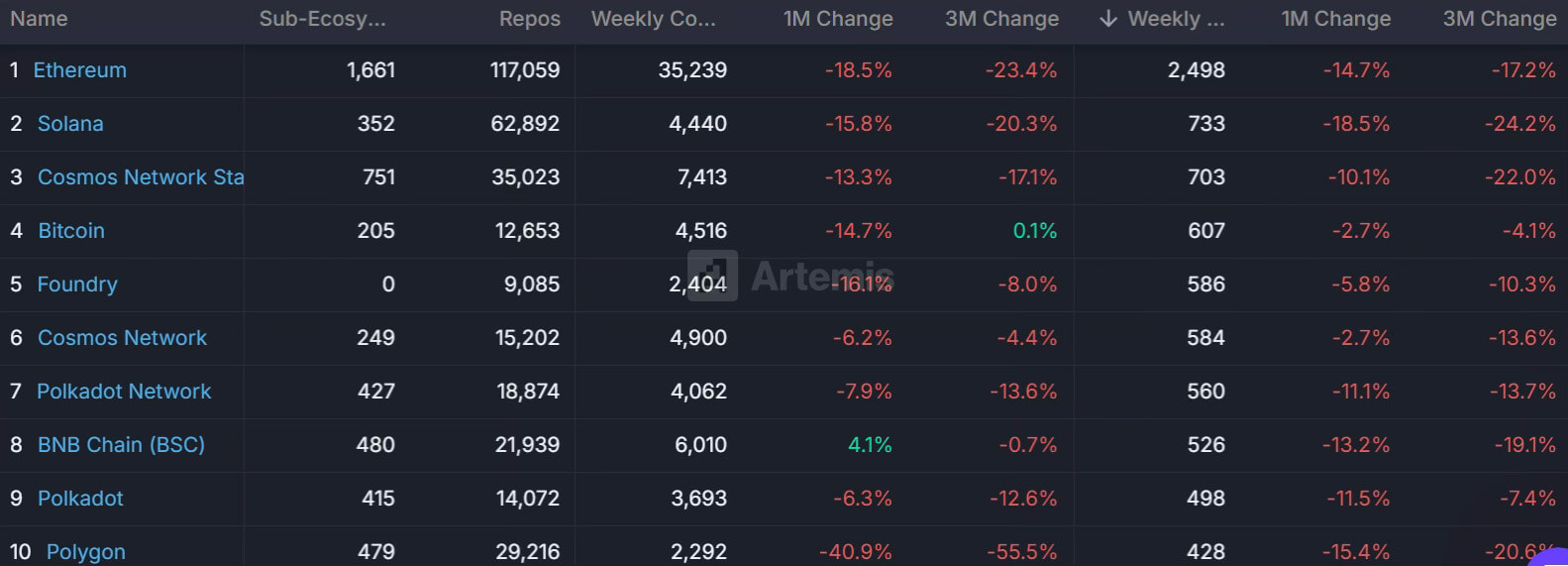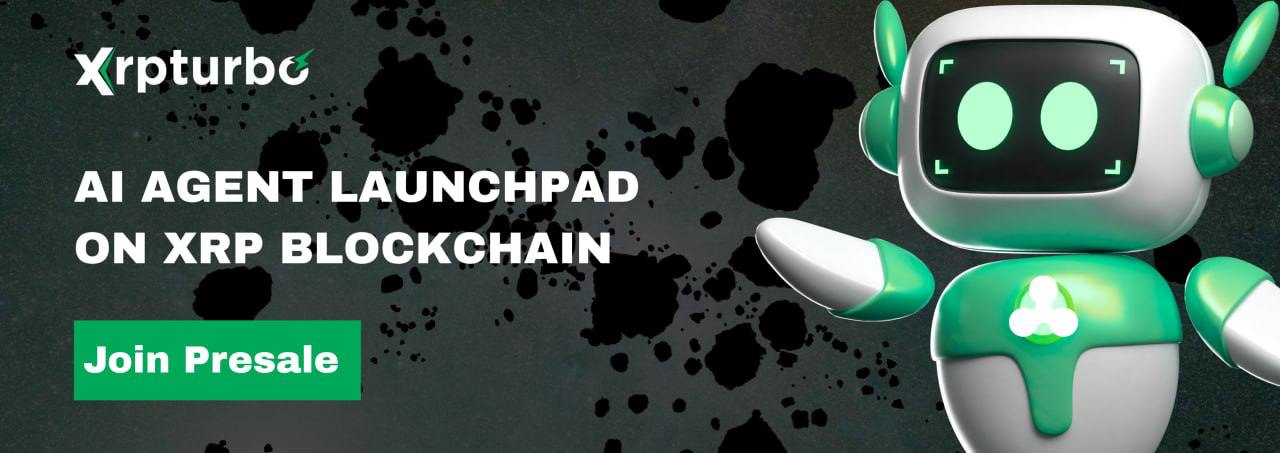The following is a guest article by Shane Neagle, Editor In Chief.
One significant takeaway from the cryptocurrency landscape is that when a shortcut is available, it will be utilized. As NFTs emerged as digital collectibles, the market quickly became oversaturated. Consequently, speculative purchases aimed at reselling them led to a market rout.
A similar trend can be observed with memecoins. Despite various rug pulls and pump-and-dump schemes, the temptation of making quick gains showcased a disastrous mix of easy access combined with high hype potential.
But what about the altcoin market, beyond just memecoins and NFTs? Is there a broader insight, or perhaps even a risk, now that AI has become an inescapable aspect of our lives? To explore this, let’s analyze the NFT situation as a revealing parallel.
Oversaturation and Speculation Fatigue
Before the collapse of Terra (LUNA) in May 2022, global NFT sales soared to nearly $24 billion. Optimism was high, with projections from major financial institutions estimating $1 trillion in annual metaverse revenue in the coming decade. However, that outlook now appears dramatically misplaced.
Although a string of bankruptcies, including Celsius, BlockFi, and FTX, acted as a catalyst for the NFT market’s decline, the signs of trouble were already evident. The advent of AI-driven image generators like Stable Diffusion and DALL-E significantly lowered barriers to entry, resulting in a surge of derivative, low-effort NFT collections.
This influx of AI-generated content greatly diminished the uniqueness of collectibles, which pushed speculative profile picture (PFP) projects aside in favor of utility-oriented NFTs and tokenized real-world assets (RWAs).
Overall, the accessibility provided by AI intensified the inherent fragility of the NFT market—oversupply. This issue is now more apparent, especially with the Ghibli mania gripping social media, spurred by tools like ChatGPT and Grok.
As a result, the diminishing profitability of NFTs has led to speculation fatigue. The dynamics among memecoins have closely mirrored this trend, accentuated by additional AI-infused elements:
- AI bots, such as Truth Terminal, inundating social media with AI-generated memes and narratives to promote various tokens.
- Sniper bots, such as Banana Gun, executing trades in mere milliseconds, further distorting the memecoin market by creating false demand signals.
The net effect of AI’s amplification is a market primed for bubble bursts. As these bursts occur repeatedly, they lead to fatigue and decreasing engagement from retail investors—especially when hype outweighs sound risk management. The pressing question is whether this type of exhaustion could affect the altcoin market independently of NFTs and memecoins, at a more fundamental level.
AI In Blockchain Development: A New Distortion Frontier
For years, assessing the underlying value of a blockchain project has often hinged on developer engagement. Such involvement serves as an indicator for potential tokenholders. After all, minimal core developer presence increases the risk of a project’s decline if those developers depart.
This means less effort will be dedicated to debugging, feature enhancements, roadmap execution, and overall optimization. This is why dedicated platforms exist to track such metrics, monitoring developer contributions over time.


In summary, developer engagement serves as a gauge for a blockchain’s vitality. The interest of developers can also portray the projected adoption potential of a blockchain as a vital long-term value driver.
However, with AI in the mix, we encounter a notable potential for distortion. Recent consensus indicates that AI models, especially those used for image generation, excel in coding tasks. Notably, Anthropic’s Claude 3.7 has been highly regarded as an efficiency booster capable of taking over the roles of junior software developers.
This opens up an entirely new scenario where a select few senior developers might harness AI tools to:
- Create smart contracts, ranging from ERC-20 to BEP-20.
- Develop tokenomics, whitepapers, and even project roadmaps.
- Duplicate existing open-source projects with minor adjustments.
As witnessed with NFTs and memecoins, a lower barrier to entry corresponds with an increased potential for oversupply. AI continues to reduce this barrier, enabling the entire pipeline for blockchain projects—from smart contract development to marketing enhancement.
It’s possible that AI could even fabricate smart contract audits, generating a false sense of reliability. In terms of developer engagement metrics, AI tools can easily skew these figures with auto-generated contributions and pull requests, or by utilizing fake GitHub accounts to create constant, minor updates.
As a result, as new tokens emerge, accurately assessing their genuine value and health will become increasingly challenging.
The Upside of AI-Driven Token Development
Even at this nascent stage, AI models are proving to be viable substitutes for traditional coding methods. This paves the way for generating tokens with minimal effort, initiating yet again the cycle of flooding the market with low-utility tokens reminiscent of the NFT era.
This scenario is bound to lead to further exhaustion and disenchantment with the crypto ecosystem, as distinguishing meaningful contributions from AI-generated noise becomes more convoluted. Nevertheless, there are potential benefits:
- Bitcoin will become even more solidified as a unique cryptocurrency backed by tangible assets (energy, hardware) through its proof-of-work protocol, thereby acting as a bulwark for the broader altcoin sector.
- Projects that rely on AI for code generation are likely to result in an uptick in forks and zombie chains, but this swift loss of activity could enhance the viability of legacy chains predating the AI boom.
- Initiatives with real-world applications will continue to flourish.
Ultimately, AI cannot convincingly simulate sustained adoption. Rather, it will act as a filtering agent that weeds out weaker projects.
Sadly, trends in memecoin activities over recent years suggest a quick-profit mentality prevails among investors, seeking early opportunities in the hope of securing significant returns. This mindset favors the use of AI in generating crypto projects solely for wealth extraction.
Conversely, blockchain initiatives will also yield solutions. A prime example is the OriginTrail (TRAC) project, which is harnessing the Decentralized Knowledge Graph (DKG) to ensure the verifiability of information used by AI.
“Even manipulating social networks for political purposes may pale compared to the absence of trust in systems to which we are ‘outsourcing’ our cognition. We require the utmost transparency and verifiability from systems we rely on to handle vast amounts of knowledge and provide us the inputs for our choices or even execute actions autonomously.”
Trace Labs whitepaper Verifiable Internet for Artificial Intelligence: The Convergence of Crypto, Internet and AI
In the long run, it would be wise to anticipate a gradual decline in trust within the altcoin market. Mass-produced, unaudited contracts may not only lead to rug pulls but could also result in devastating hacks. While on-chain reputation initiatives from Karma3Labs might prove beneficial, it remains uncertain whether such innovations can achieve acceptance beyond niche markets.
Mentioned in this Article


